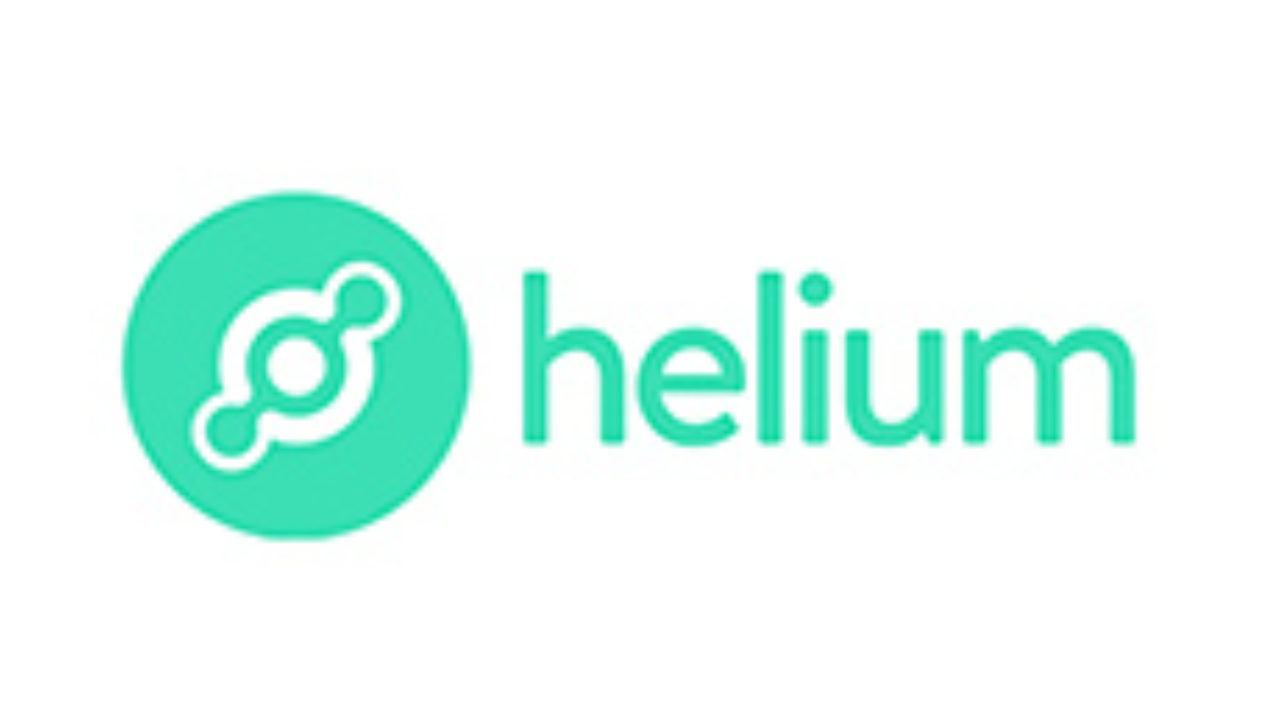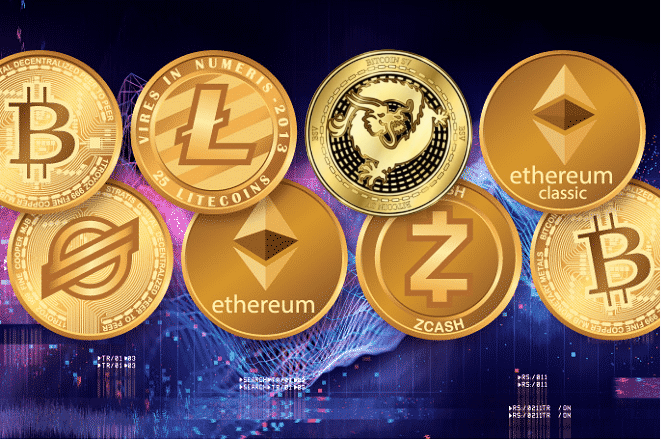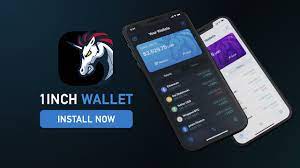The Future of Cryptocurrency Trading: Exploring Gate Exchange's Innovations
Discover the future of cryptocurrency trading innovations at Gate Exchange. Explore cutting-edge technologies in crypto trading.

The challenges of cross-platform data integration
In today?s digital landscape, businesses are faced with a myriad of challenges when it comes to integrating data across multiple platforms. The ever-growing number of devices and platforms that consumers use to engage with brands has created a complex web of data that needs to be seamlessly integrated for businesses to thrive in this data-driven era.
One of the major challenges of cross-platform data integration is the lack of interoperability between different systems. Each platform may have its own unique data formats, APIs, and protocols, making it difficult to synchronize and consolidate data from various sources. This results in fragmented data silos that hinder businesses from gaining a holistic view of their customers, their behaviors, and their preferences.
Another challenge is the sheer volume and velocity of data being generated across platforms. With the exponential growth of digital interactions, businesses are inundated with vast amounts of data that needs to be collected, processed, and analyzed in real time. This requires robust infrastructure and advanced technologies to handle the velocity and scale of data, as well as sophisticated data management and analytics capabilities to derive meaningful insights.
Furthermore, data privacy and security pose significant challenges in cross-platform data integration. With increasing regulatory requirements and consumer concerns about data privacy, businesses must ensure that data is handled in a secure and compliant manner across all platforms. This involves implementing strict access controls, encryption, and data anonymization techniques to protect sensitive information and maintain customer trust.
To address these challenges, businesses are turning to innovative solutions such as gate exchange. Gate?cryptocurrency exchange list?is a concept that enables seamless data integration and exchange between different platforms, regardless of their underlying technologies or data formats. It acts as a bridge, allowing data to flow freely between systems, breaking down the barriers that hinder cross-platform data integration.
By leveraging gate exchange technology, businesses can achieve a unified view of their data, enabling them to better understand their customers, personalize experiences, and make data-driven decisions. This not only enhances customer engagement and satisfaction but also drives operational efficiency and business growth.
In this blog post series, we will delve deeper into the concept of gate exchange and explore its potential to revolutionize cross-platform data integration. We will discuss its benefits, implementation considerations, and real-world use cases, shedding light on how businesses can overcome the challenges and unlock the full potential of their data assets.
Stay tuned for the next installment where we will explore the benefits of gate exchange and how it can transform the way businesses integrate and leverage cross-platform data.
Understanding gate exchange: What is it and how does it work?
Gate exchange is a revolutionary concept in the world of cross-platform data integration. It refers to the seamless sharing of data between different systems and platforms, breaking down the barriers that have traditionally hindered effective communication and collaboration.
At its core, gate?crypto exchange website?acts as a bridge between different platforms, allowing them to exchange data in a standardized format. This means that information can flow freely between systems, regardless of their underlying technology or programming language.
But how does gate exchange actually work? Well, it begins with the identification of common data elements and the establishment of a common vocabulary. This ensures that data can be understood and interpreted accurately by all participating platforms.
Once the common vocabulary is established, gate exchange employs a set of protocols and APIs (Application Programming Interfaces) to facilitate the secure and efficient transfer of data. These protocols ensure that data integrity is maintained throughout the exchange process, and that information is transmitted in a standardized and consistent manner.
Gate exchange also incorporates data transformation and mapping techniques to reconcile any differences in data structure or format between platforms. This ensures that data from one system can be seamlessly integrated into another, without the need for extensive manual intervention or custom development.
By enabling the smooth transfer of data between platforms, gate exchange paves the way for improved collaboration, streamlined workflows, and enhanced data-driven decision-making. It eliminates the need for manual data entry or duplicate data storage, reducing the risk of errors and inconsistencies.
Furthermore, gate?crypto exchange platform?opens up new possibilities for cross-platform functionality and innovation. It allows organizations to leverage the strengths and capabilities of different systems, creating a unified and harmonious ecosystem where data can flow freely and effortlessly.
In conclusion, gate exchange is a game-changer in the world of cross-platform data integration. It breaks down barriers, facilitates seamless data sharing, and empowers organizations to unlock the full potential of their data. As businesses increasingly rely on multiple platforms and systems, understanding and harnessing the power of gate exchange is crucial for staying competitive in the digital age.
The benefits of gate exchange for cross-platform data integration
Gate exchange offers numerous benefits for cross-platform data integration. Firstly, it eliminates the need for manual data transfers and reduces the risk of errors that can occur when data is manually entered or copied between systems. With gate exchange, data can seamlessly flow between platforms, ensuring accuracy and consistency across all systems.
Additionally, gate?crypto exchange app?allows for real-time data synchronization. This means that any updates or changes made in one platform are immediately reflected in all connected platforms, providing up-to-date and reliable information for decision-making and analysis.
Another advantage of gate exchange is its ability to streamline business processes. By integrating data from different platforms, organizations can automate workflows and eliminate redundant tasks. This not only saves time and resources but also enhances overall efficiency and productivity.
Furthermore, gate exchange promotes data visibility and accessibility. By integrating data from various platforms into a central hub, businesses can gain a holistic view of their operations, customers, and performance. This comprehensive perspective enables informed decision-making, targeted marketing strategies, and personalized customer experiences.
Lastly, gate exchange fosters innovation and scalability. It allows organizations to leverage the capabilities of different platforms, technologies, and applications, enabling them to adapt and grow in a rapidly evolving digital landscape. By breaking down barriers between platforms, gate exchange paves the way for seamless data integration, empowering businesses to unlock new opportunities and drive success.
In conclusion, gate exchange offers a wide range of benefits for cross-platform data integration. From improved accuracy and real-time synchronization to streamlined processes and enhanced visibility, organizations can leverage gate exchange to unlock the full potential of their data and propel their business forward in the digital age.
Exploring the future of cross-platform data integration
The future of cross-platform data integration holds immense potential and promises to revolutionize the way businesses operate in a connected world. As technology continues to advance at a rapid pace, breaking down the barriers between different platforms becomes increasingly crucial for seamless data?best crypto exchange USA?and improved decision-making.
One exciting development in this realm is the concept of gate exchange. Gate exchange refers to a standardized framework that enables the transfer of data between various platforms, regardless of their underlying architecture or programming language. This means that data can seamlessly flow from one system to another, eliminating the need for time-consuming and error-prone manual data entry or complicated integration processes.
Imagine a scenario where an e-commerce platform effortlessly synchronizes its customer data with a customer relationship management (CRM) system, allowing sales teams to access up-to-date information on customer preferences, purchase history, and interaction patterns. With gate exchange, this integration becomes a breeze, enabling businesses to deliver personalized experiences, targeted marketing campaigns, and seamless customer support.
Moreover, gate exchange opens up new possibilities for collaboration and innovation. By enabling data integration across platforms, businesses can leverage the collective intelligence of various systems, ultimately leading to more accurate insights and informed decision-making. For instance, combining data from sales, marketing, and finance systems can provide a holistic view of business performance, aiding in identifying patterns, trends, and opportunities that would have otherwise remained hidden in siloed data repositories.
The future of cross-platform data integration is not limited to gate?best crypto exchange?alone. It encompasses advanced technologies such as artificial intelligence, machine learning, and blockchain, which further enhance data integration capabilities. These technologies enable intelligent data mapping, predictive analytics, and secure data sharing, offering businesses unprecedented opportunities for growth and innovation.
What's Your Reaction?















